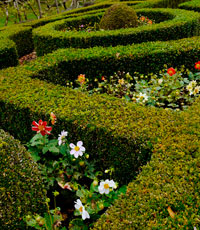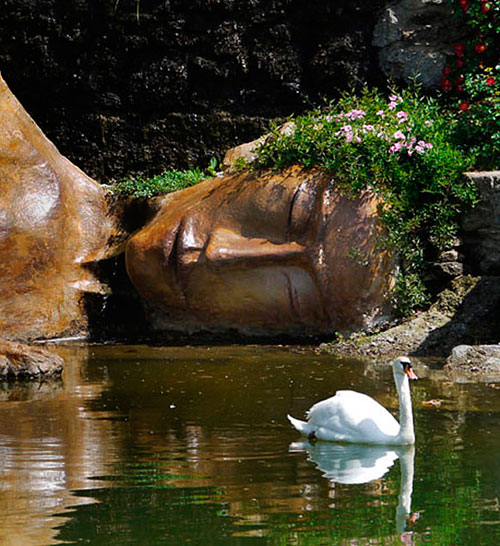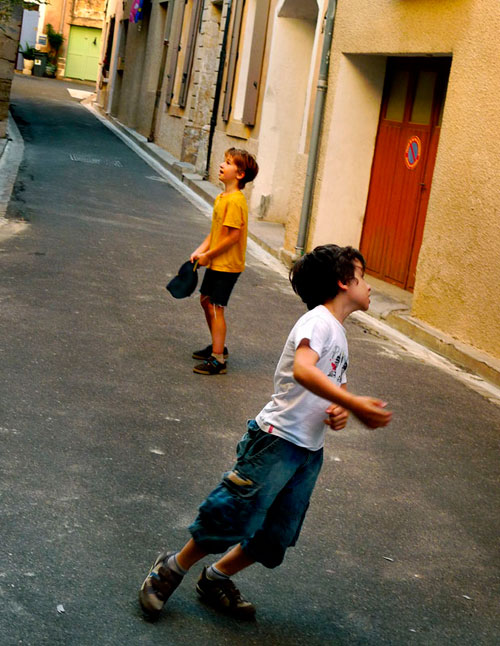Three more tips to create better composition in your travel photos
posted Tuesday, July 10, 2012 at 10:56 AM EST
 What makes the difference between a so-so travel photo and a great image? Composition, that’s what.
What makes the difference between a so-so travel photo and a great image? Composition, that’s what.
Here are a few compositional tips to pump up your photography and help you to produce eye-popping scenic images and stunning travel shots.
Previously, I suggested four compositional tips about placing the horizon line in the frame to add interest to your photos. Choosing a high or low horizon emphasizes either sky, sea or land to tell the viewer which is the dominant subject of the image.
However, there are other simple tricks that can visually liven up your photos.
1) Find the Hot Spot
To begin with, whenever we look at an image be it a photograph or a painting, our eyes always go first to the point of highest contrast: the image’s “hot spot.” This is the place where the brightest area sits next to a dark area, although not, necessarily, the darkest area in the picture.
The trick is to find it before you shoot. Let your eyes roam around the image on the monitor or in the viewfinder and you should see it quickly.
For example, in the photo of the statue in the water, the swan is bright white against the water and that is what we see first.

2) Look for Strong Diagonals
After our eyes seek out and find the hot spot first, they then need somewhere to go. This is where composition plays an important role.
Photographers and artists learn to use elements in the picture to lead the viewer’s eyes around and through the picture. Henri Cartier-Bresson called this the “geometry” of the picture and his photographs are prime illustrations of HCBs mastery of composition.
Perhaps the most basic compositional form is the strong diagonal. When you are arranging the elements in the viewfinder, imagine an invisible line running from corner to opposite corner in the frame.
Because, in the West, we read from left to right, we tend to view images from the left side. Since there are two diagonals in a rectangular frame, when you are using diagonals think of them in this way. One runs from the top left to the bottom right, the other from the bottom left to the top right. The former brings the eye down from the top into the center of the frame, the latter brings the eye up it towards the center.
In the picture of the two boys, the street forms a strong diagonal emerging from the top left and they, are angled crosswise to it for added visual impact.

3) Ride the "S Curve"
If you give a diagonal line a twist you get an S curve, another great compositional tool. While it can be a challenge to find S curves in the real world, everyone knows of examples.
The S curve, like a meandering river, flows through the frame and its twists add visual interest to the image. Laying out an S curve image, try to keep most of the S near the top of the frame while letting the long tail of the S flow through the rest of the frame.
The photo of traffic on a freeway at night shows the way you can incorporate the geometry of an S curve into an image.

Surprisingly, if you look closely enough you can find S curves in the most unexpected places, as in the layout of a formal garden in England. (See the image at the top of this story.)
Learn to look for the “hot spot” in your photos and try to use the geometry of the diagonal and the S curve with it. As you practice these techniques, in no time at all, your travel and scenic photography will be much more interesting.